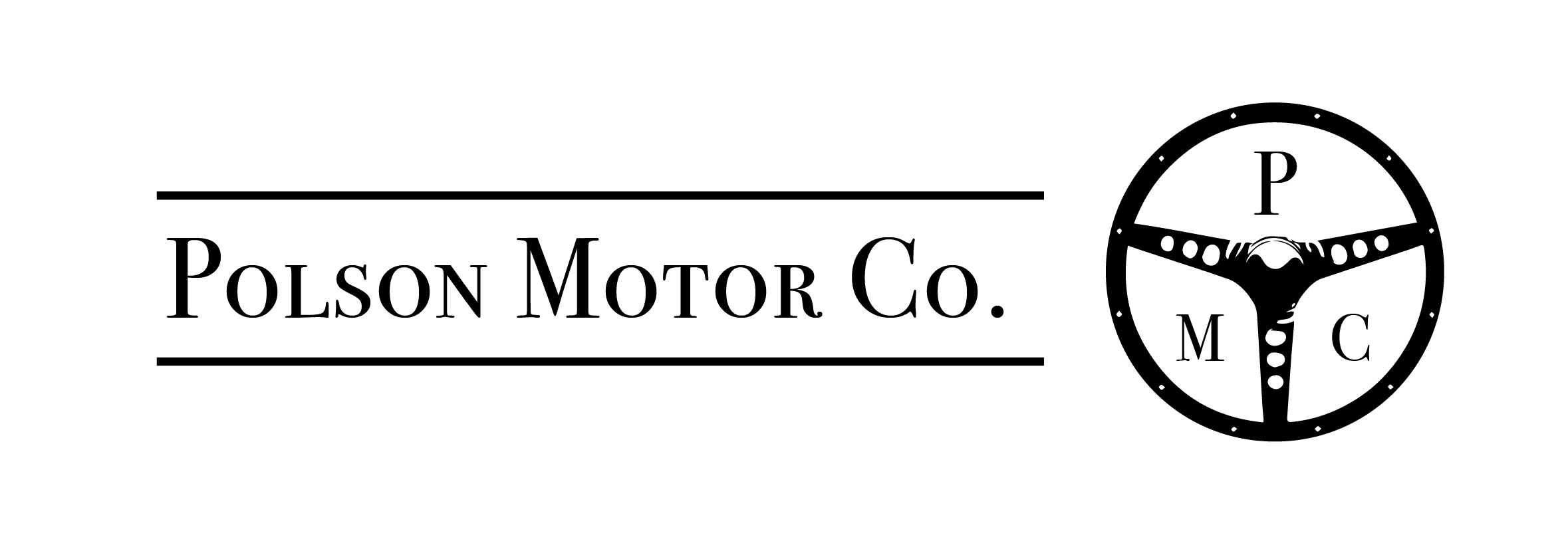1930 Invicta 4½–Litre Series 'A' High Chassis Coachwork by Corsica
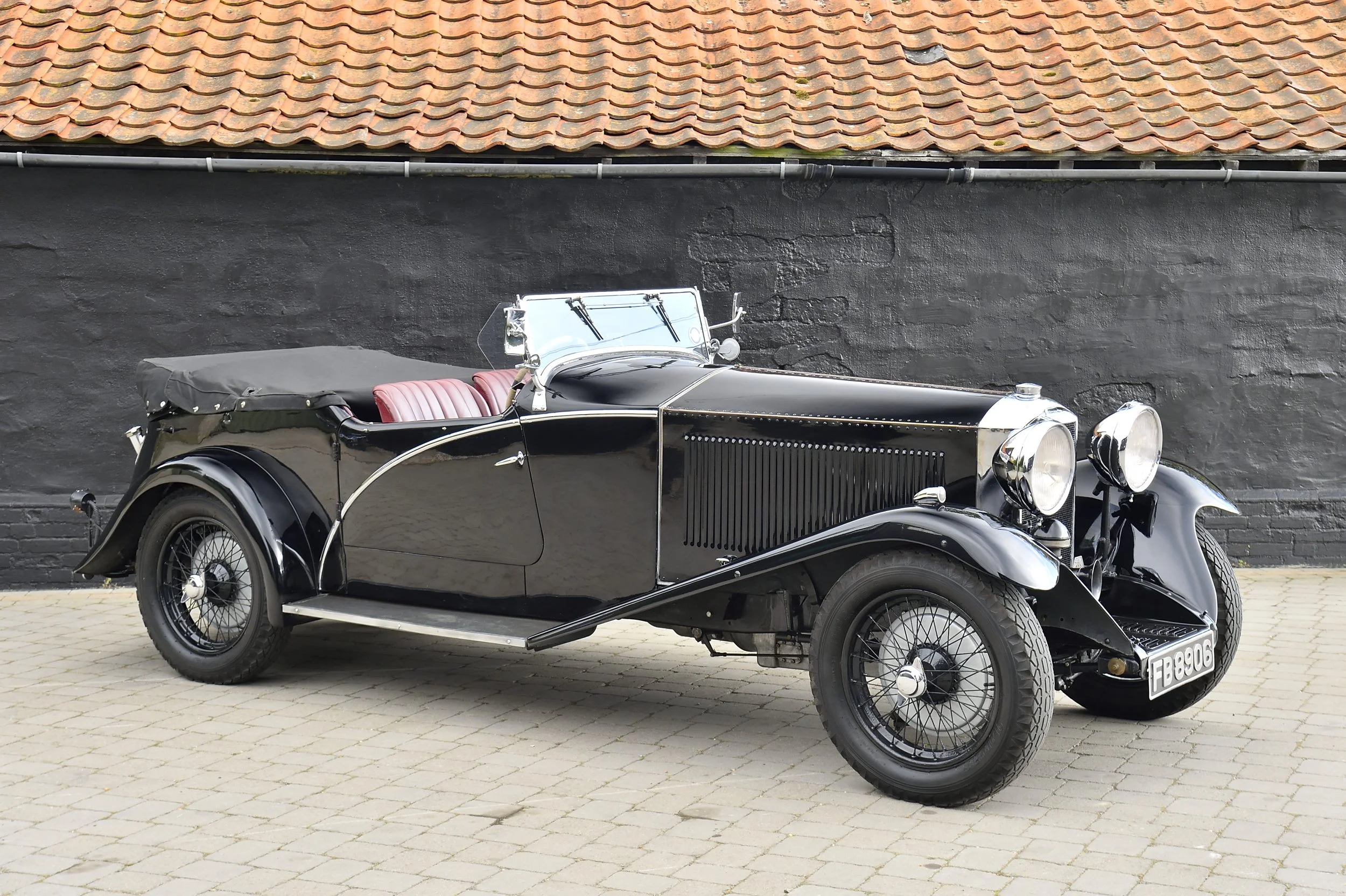
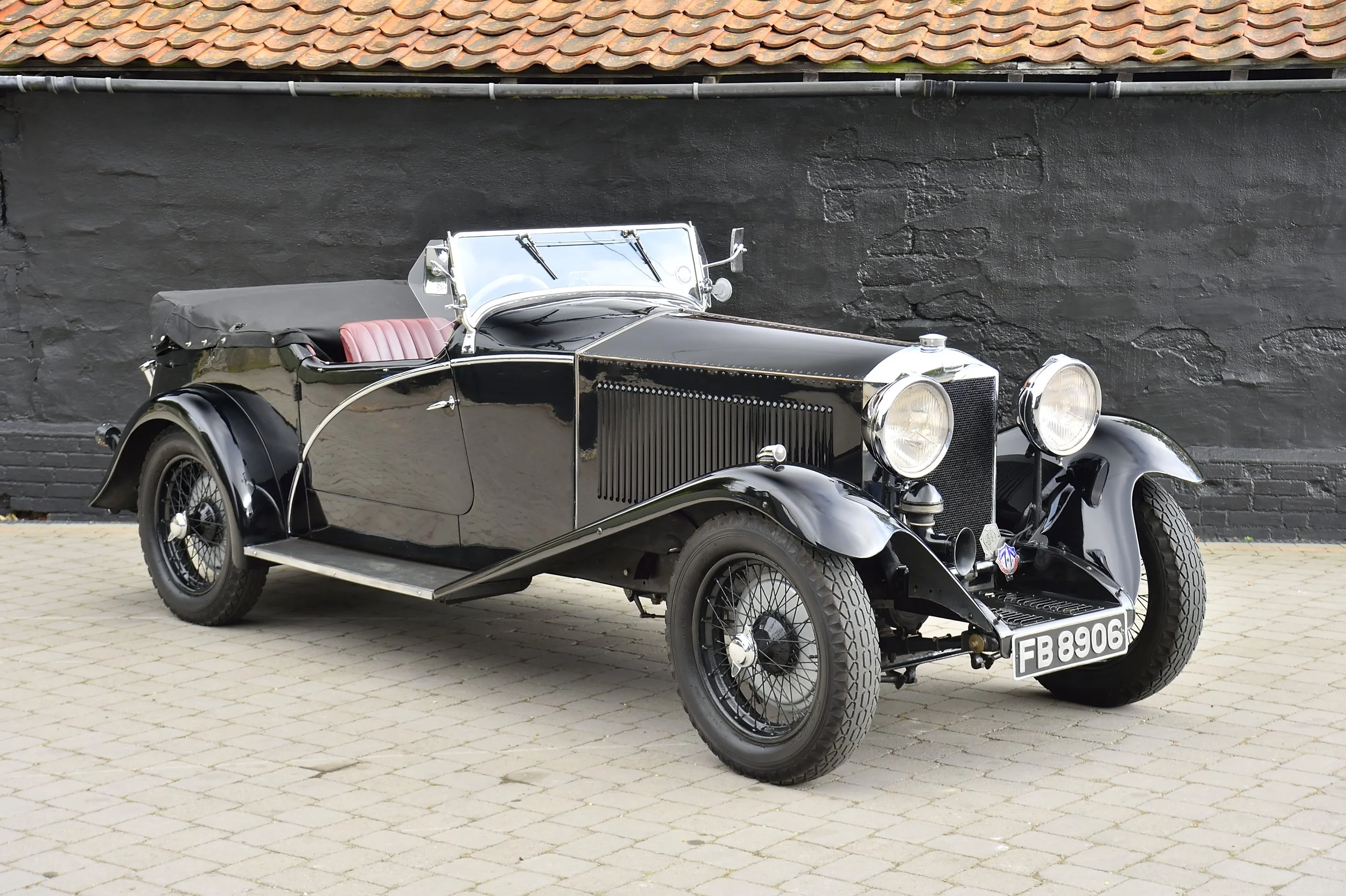

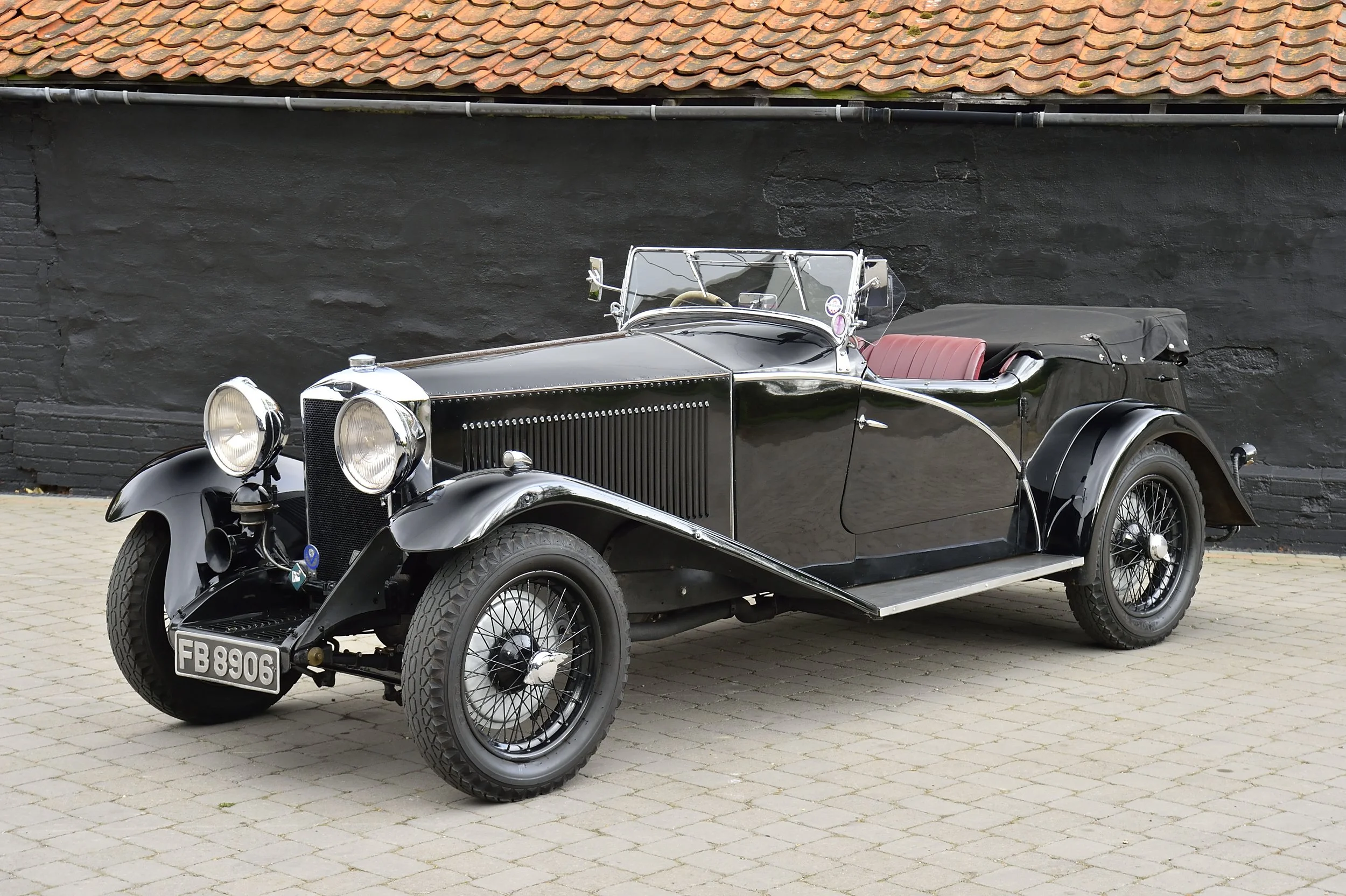
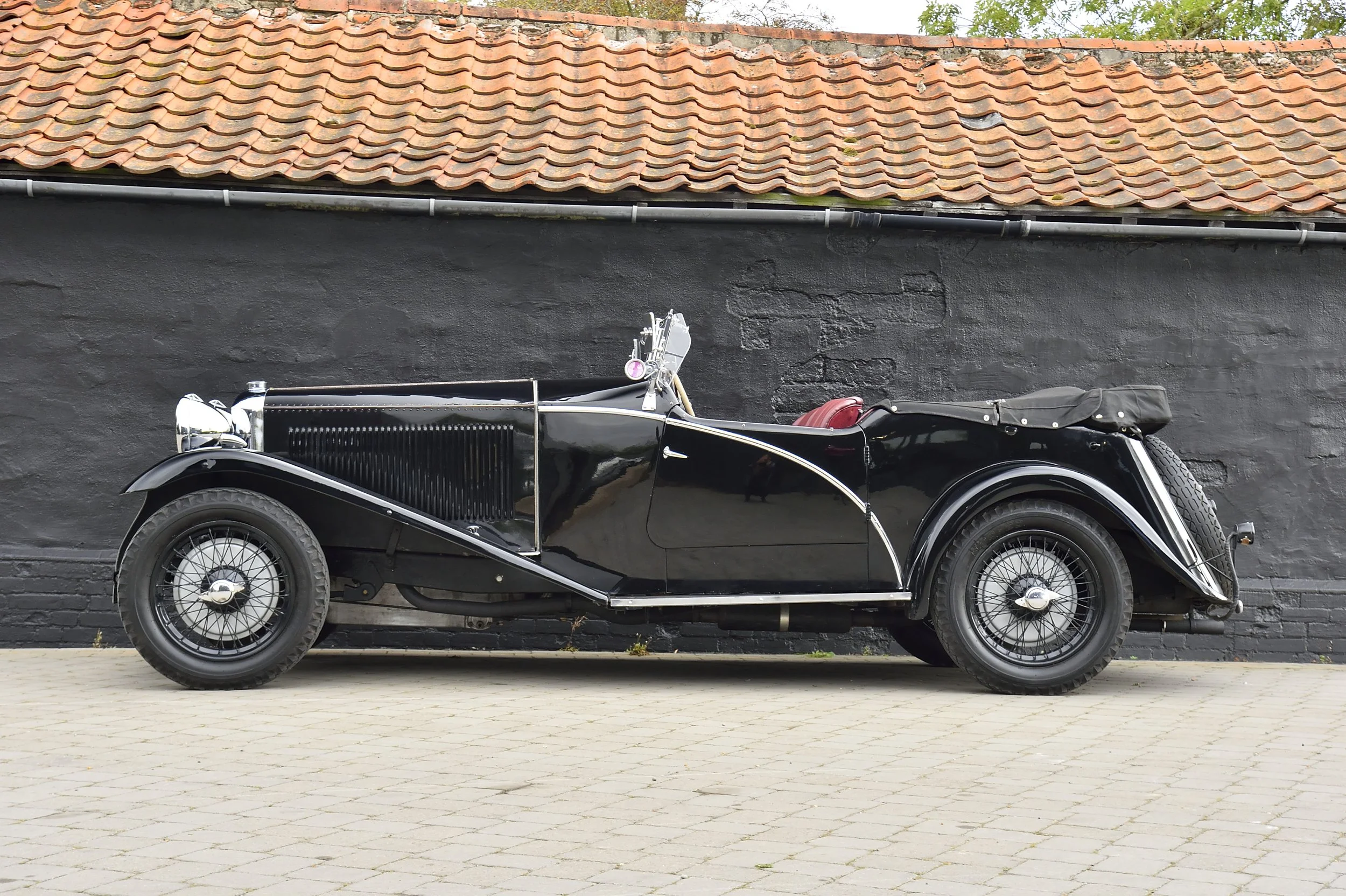
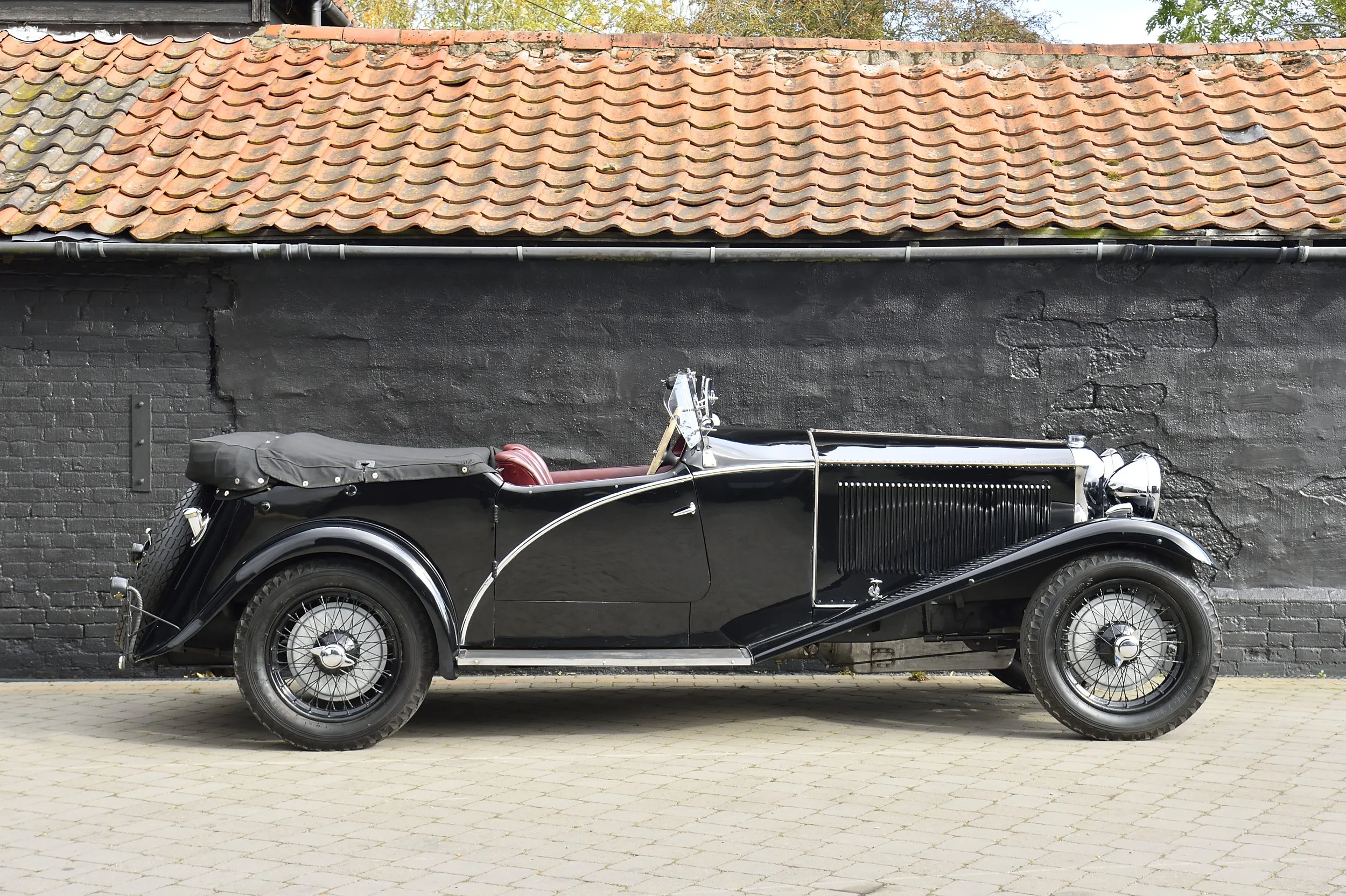
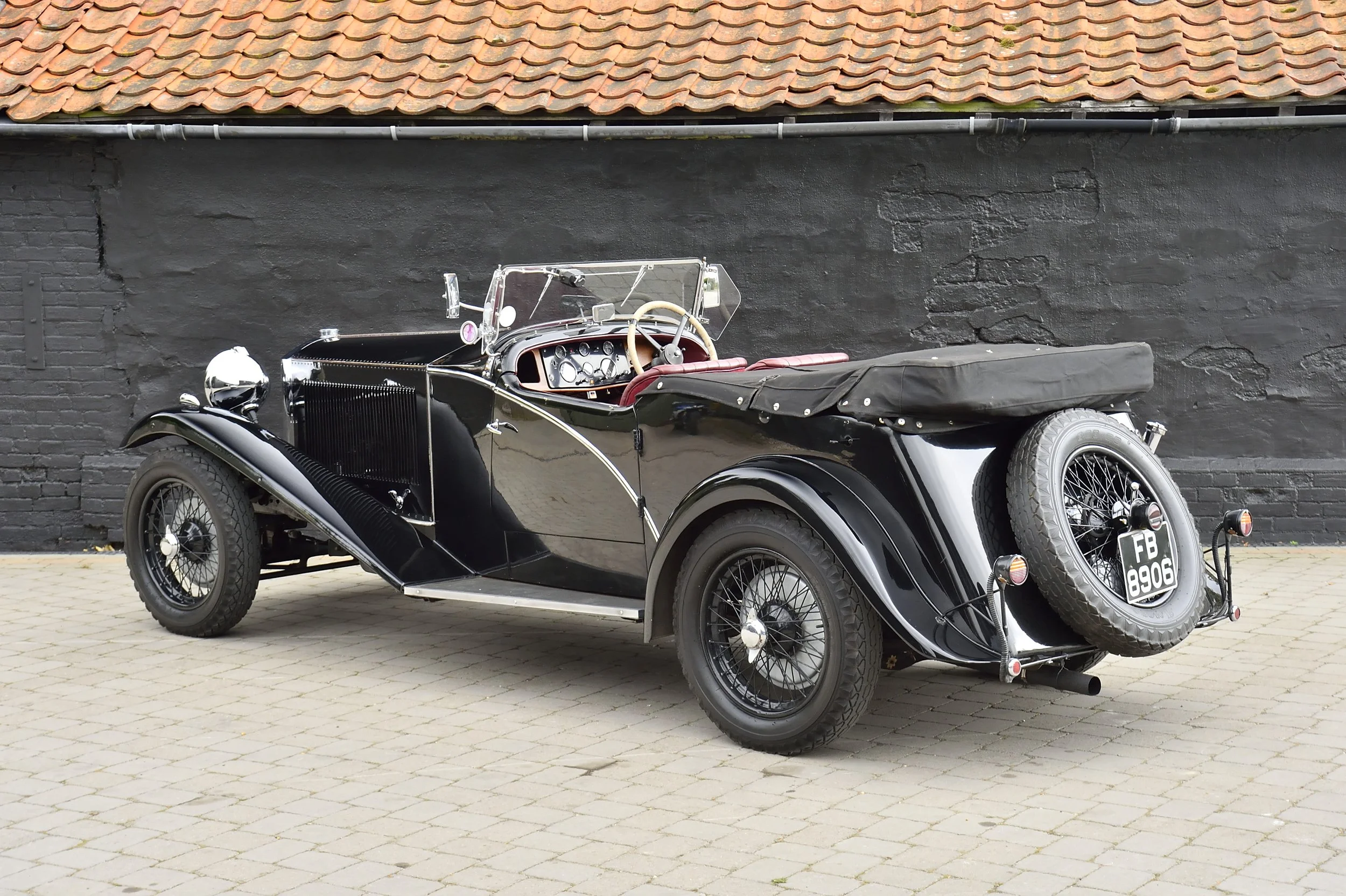
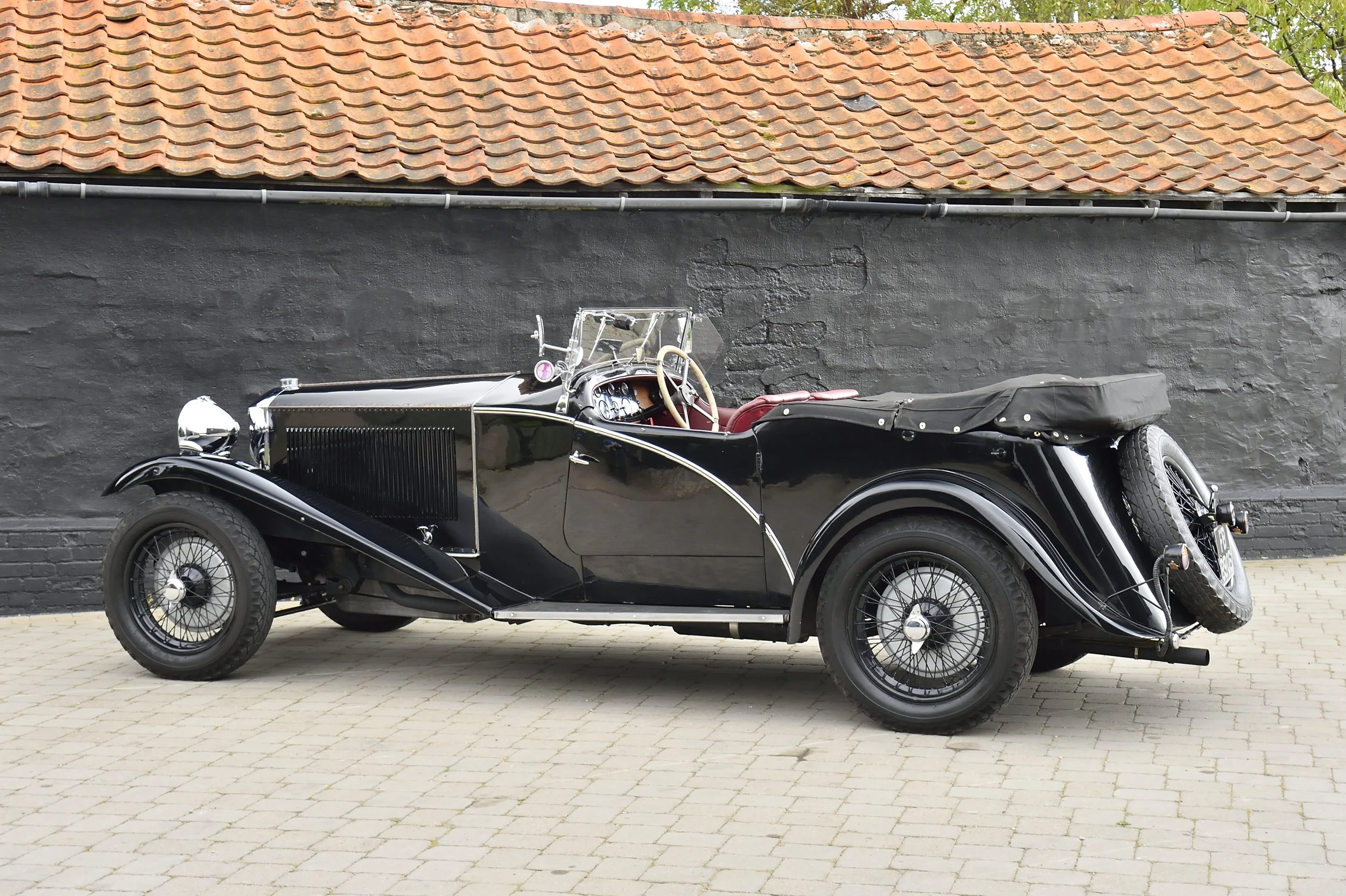

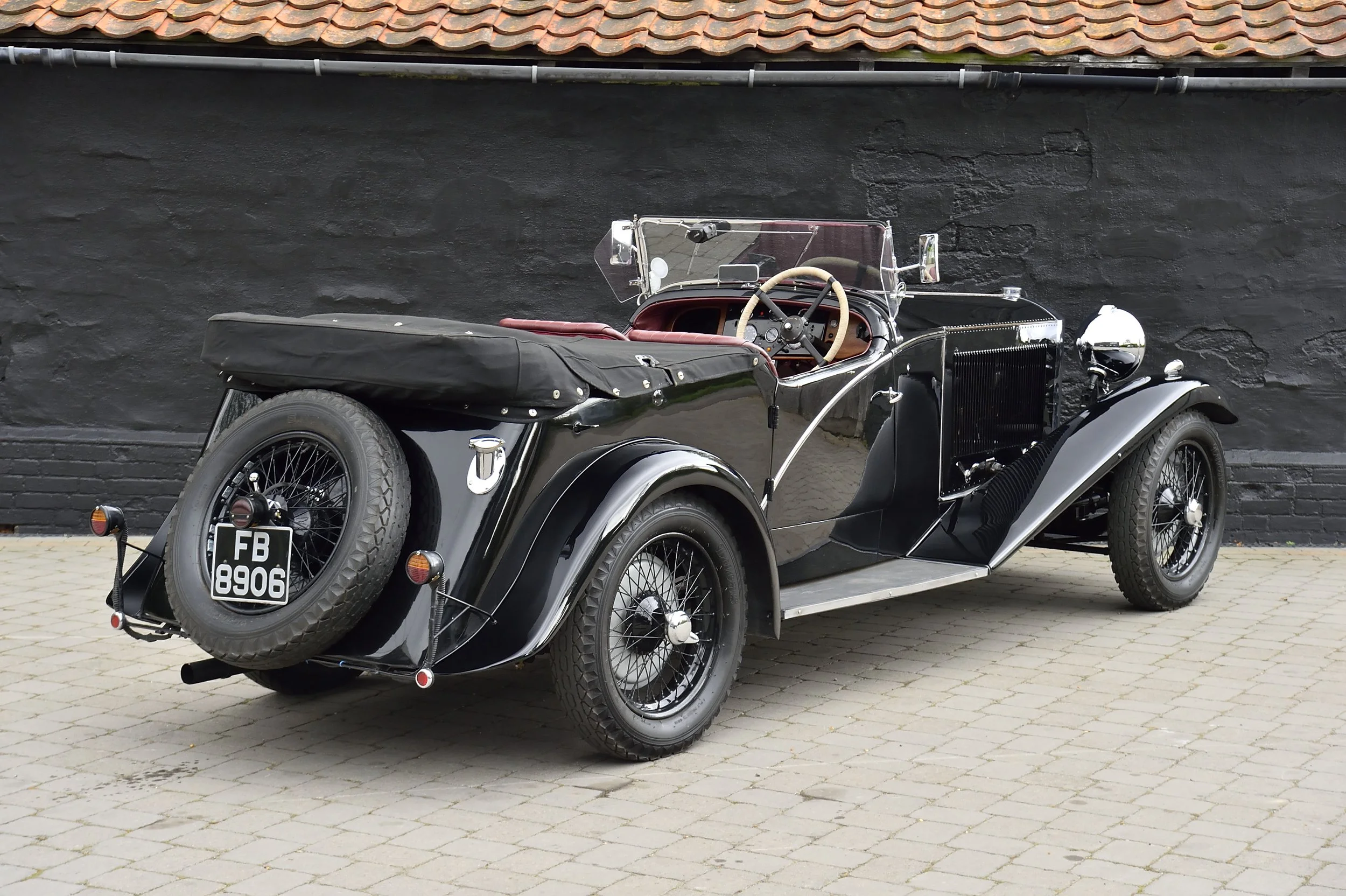
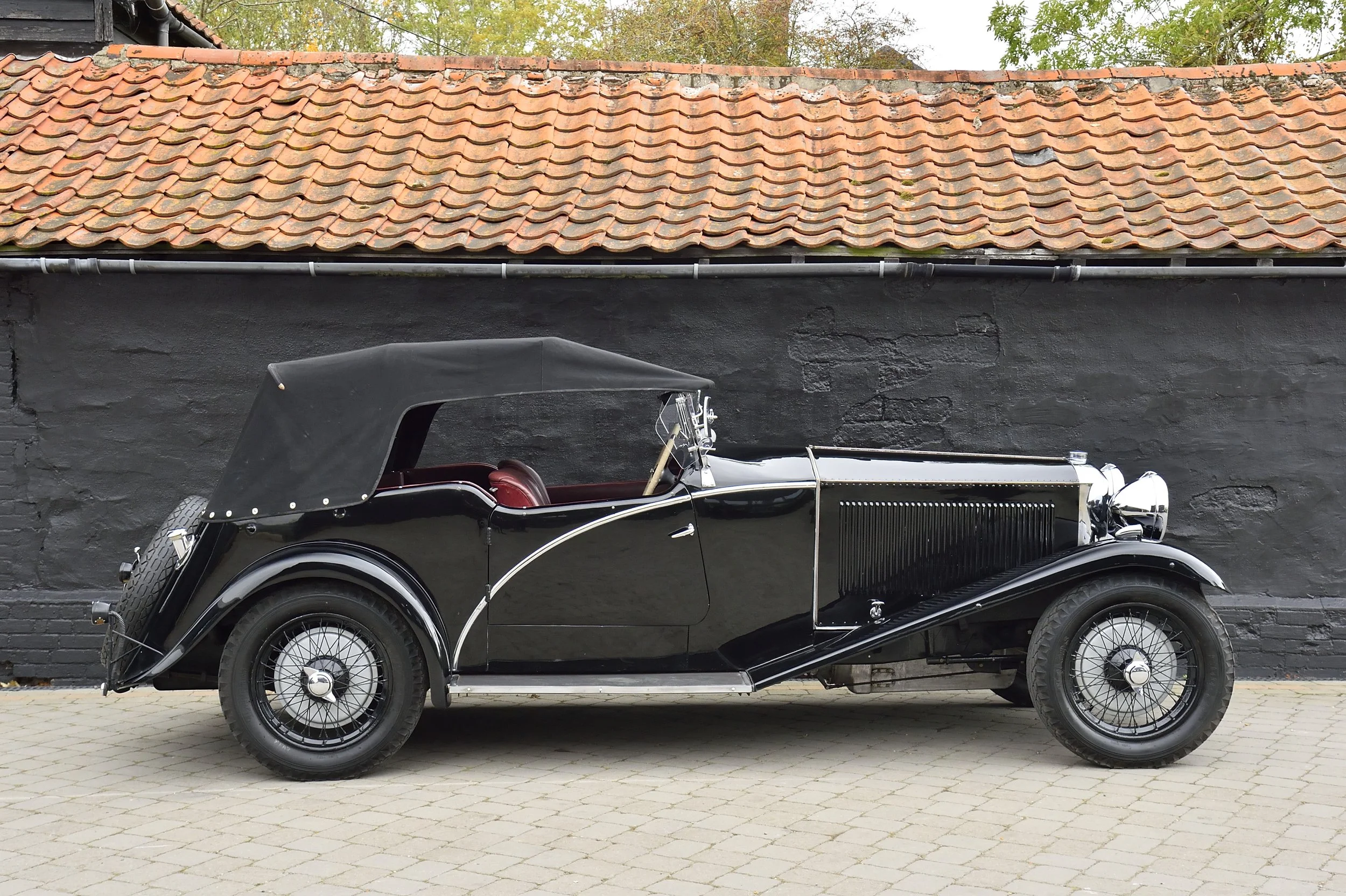

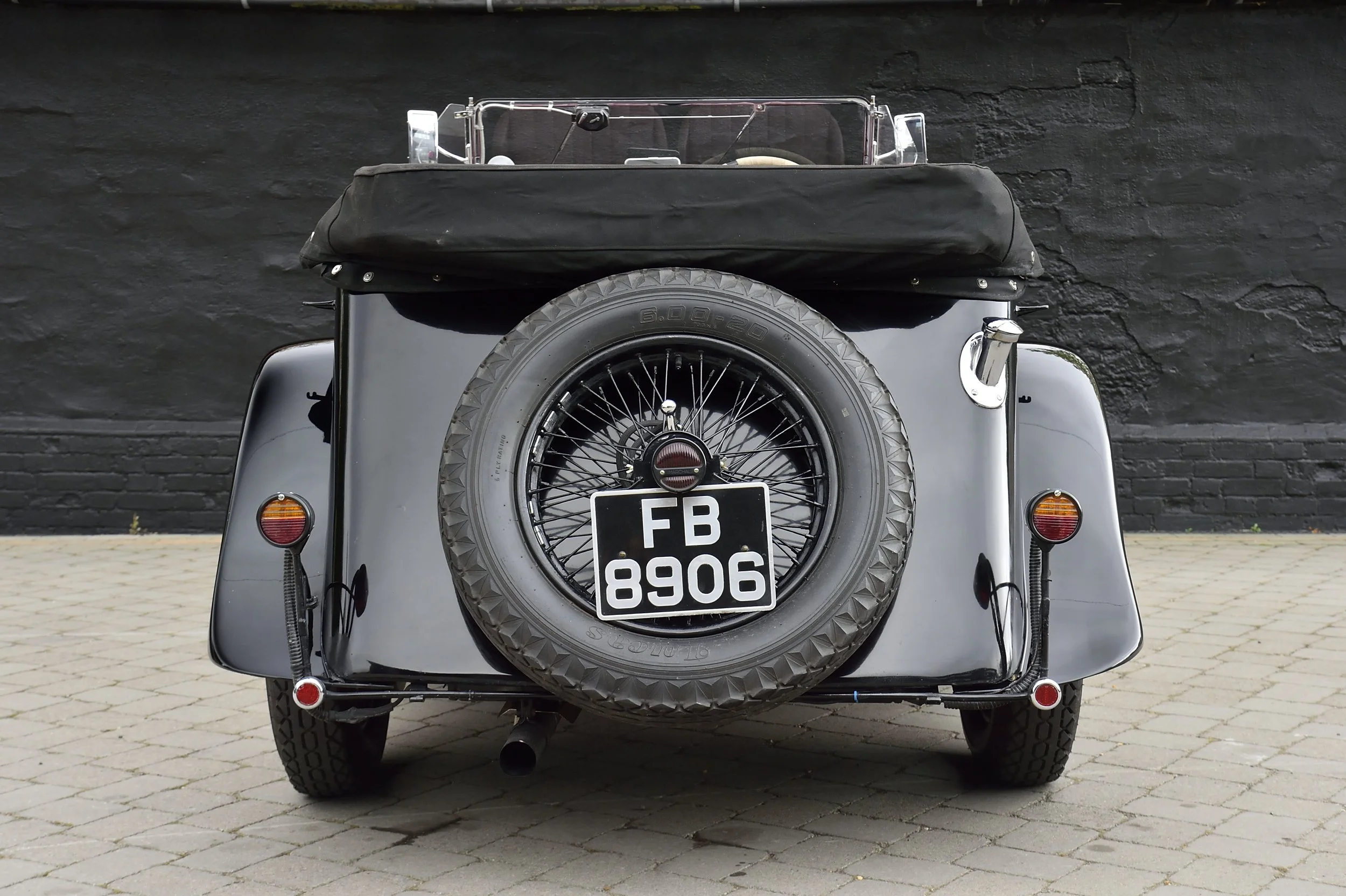


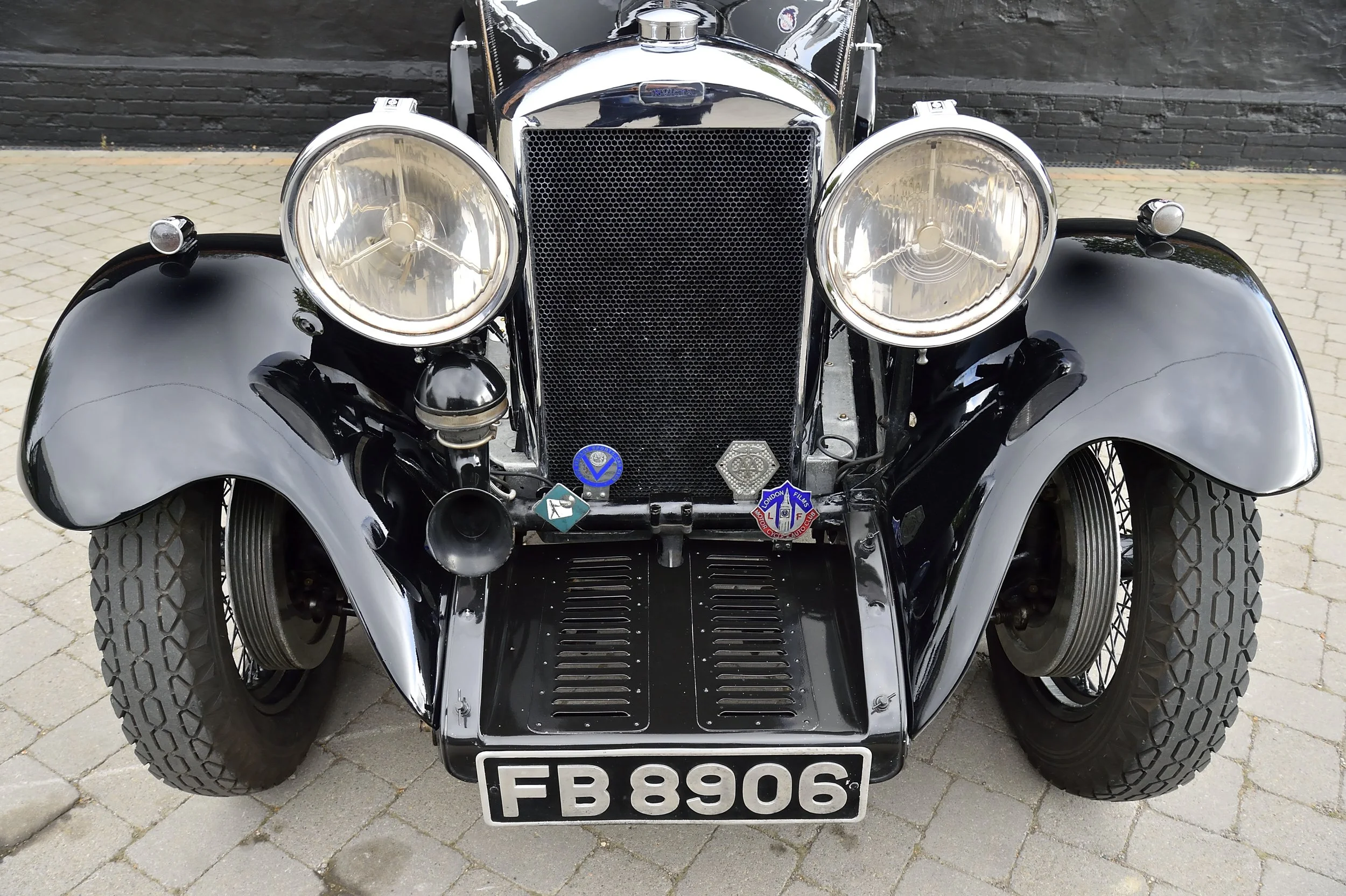
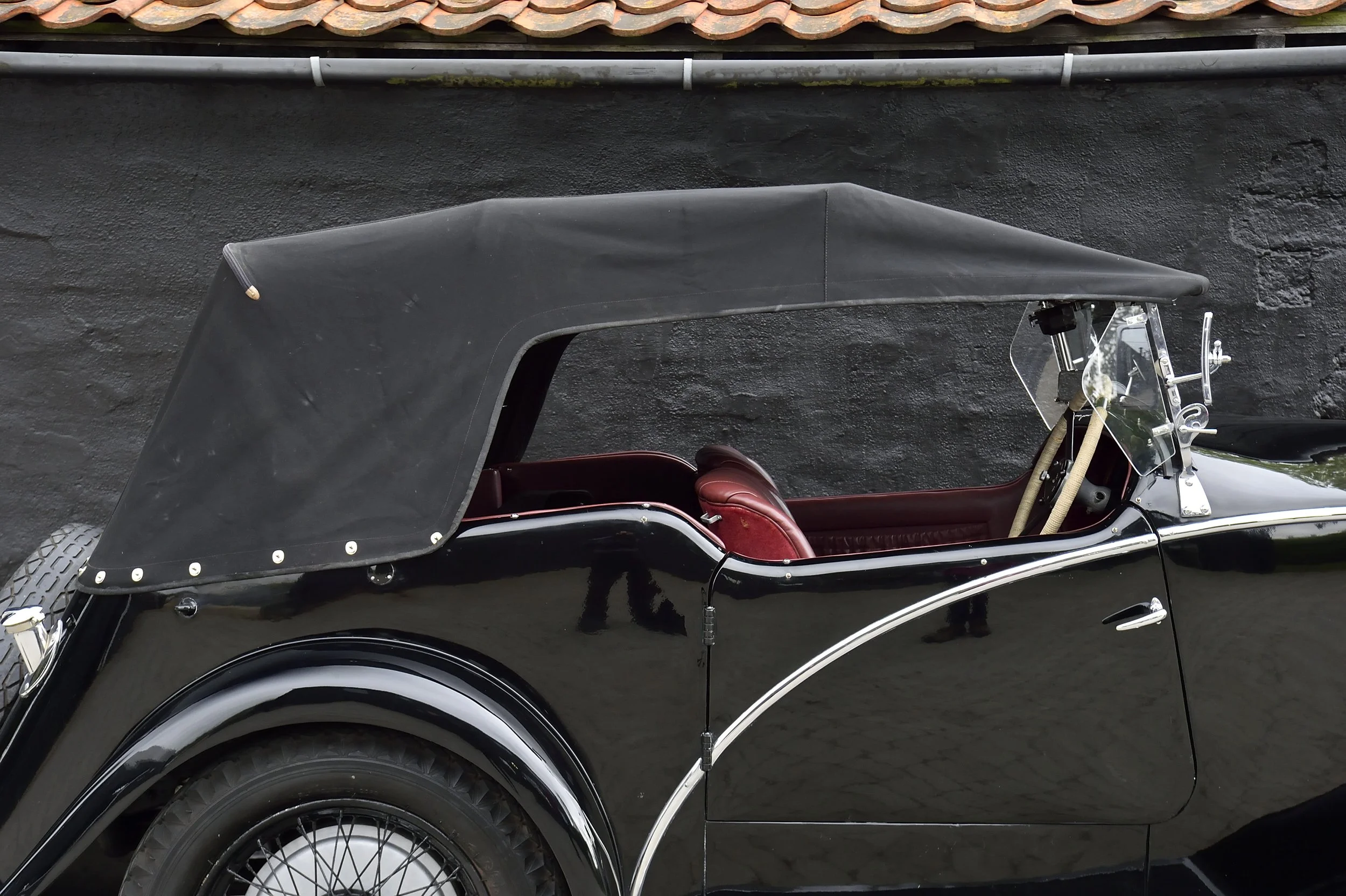
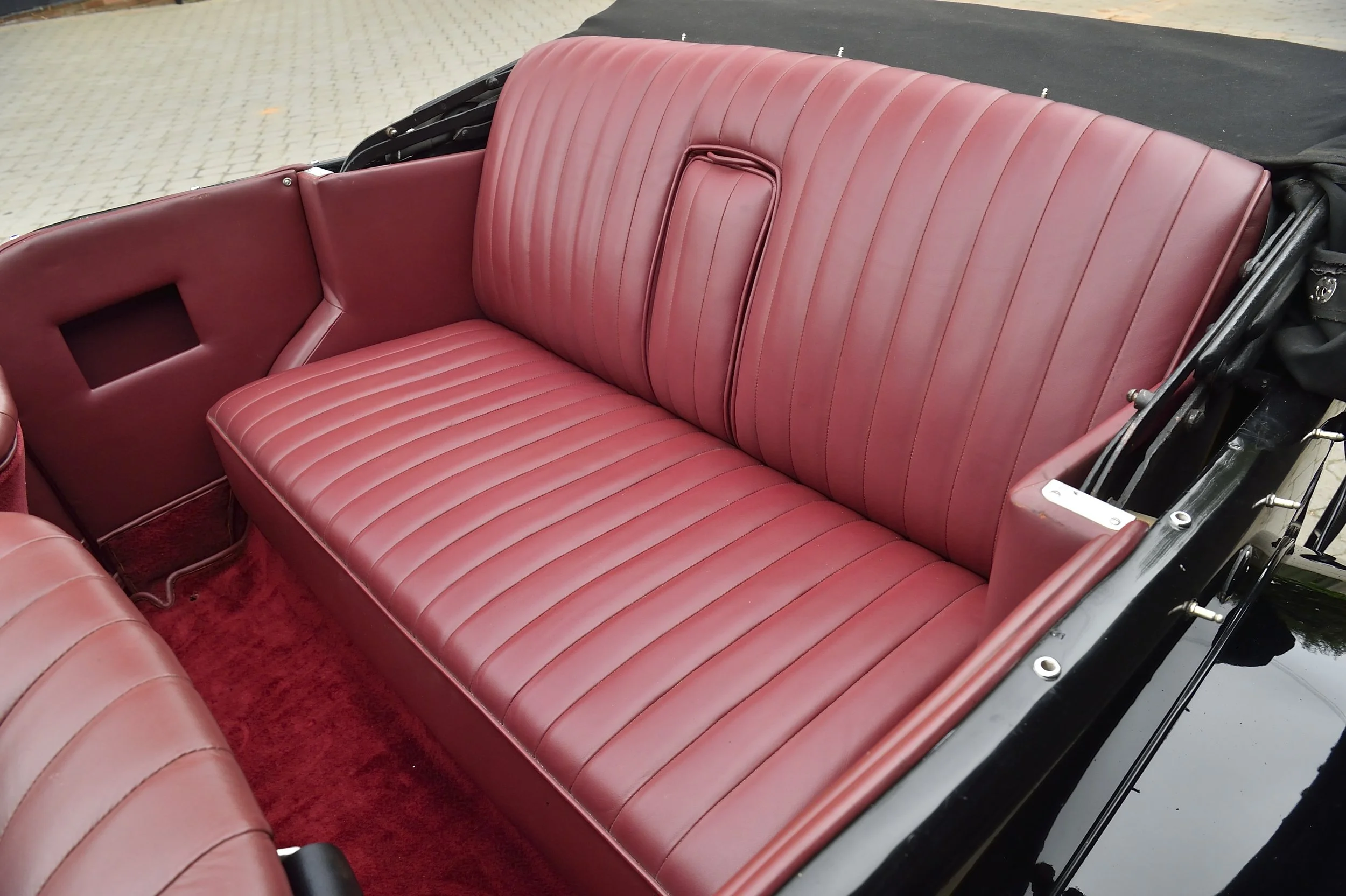

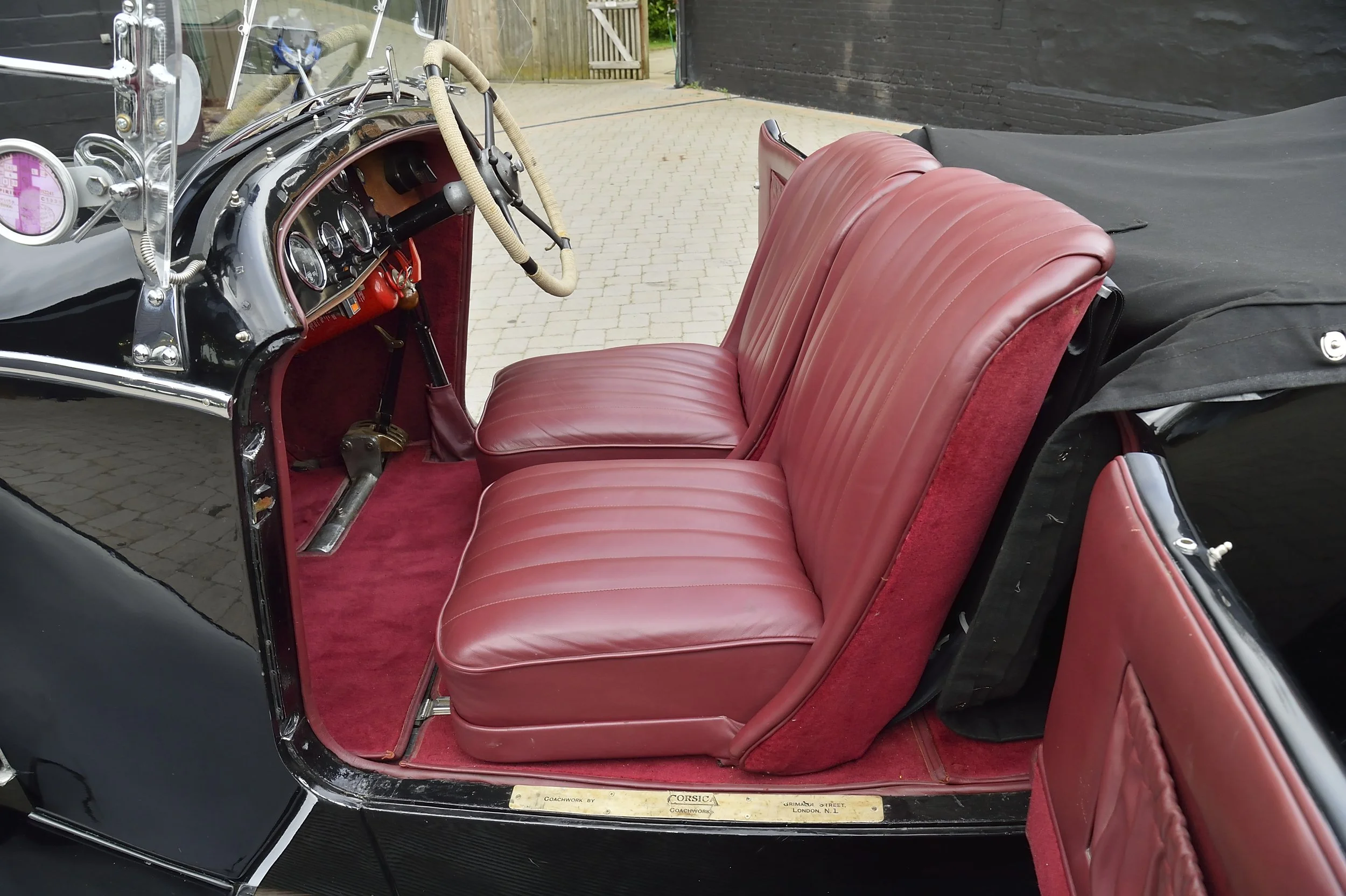
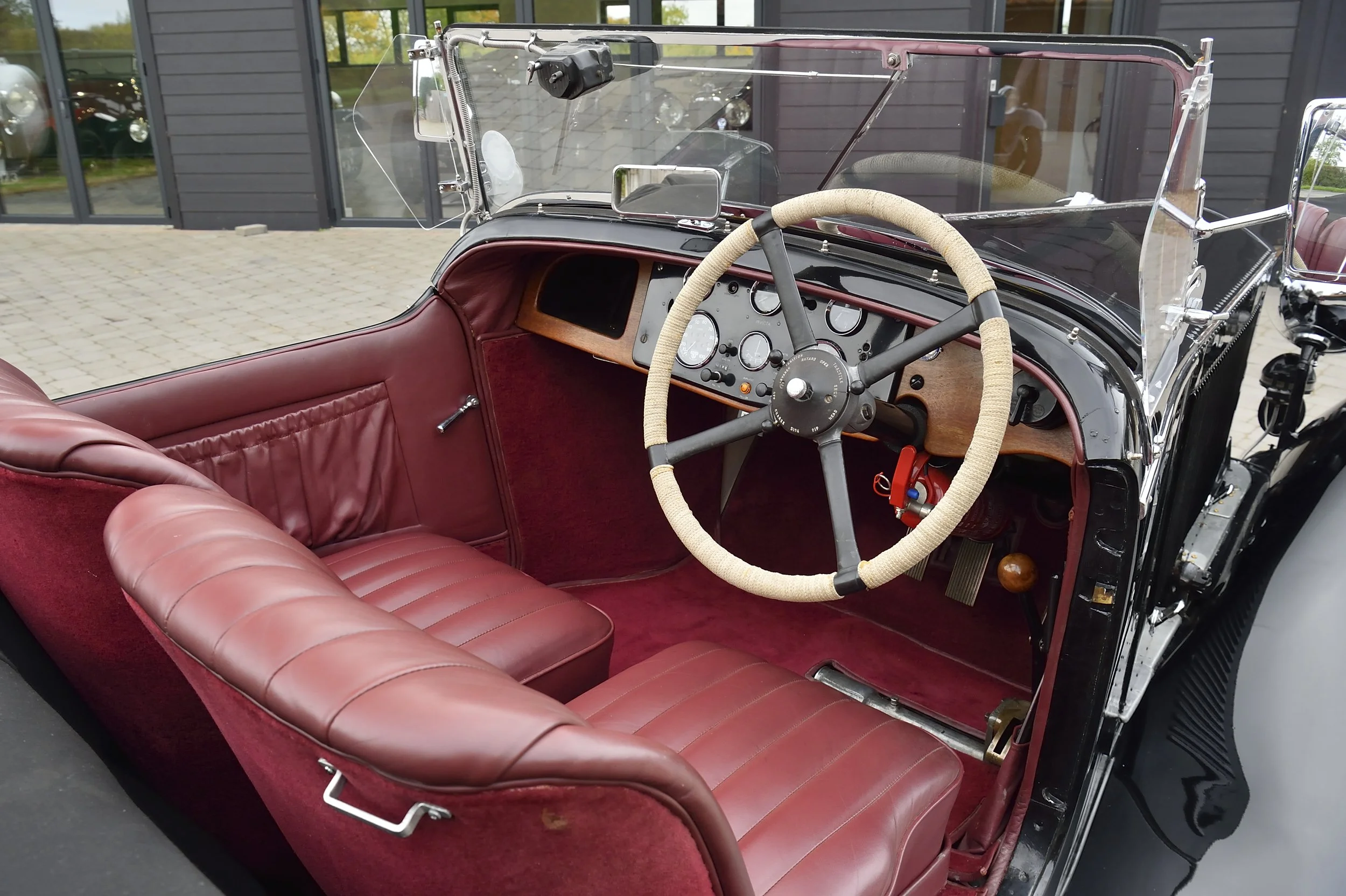

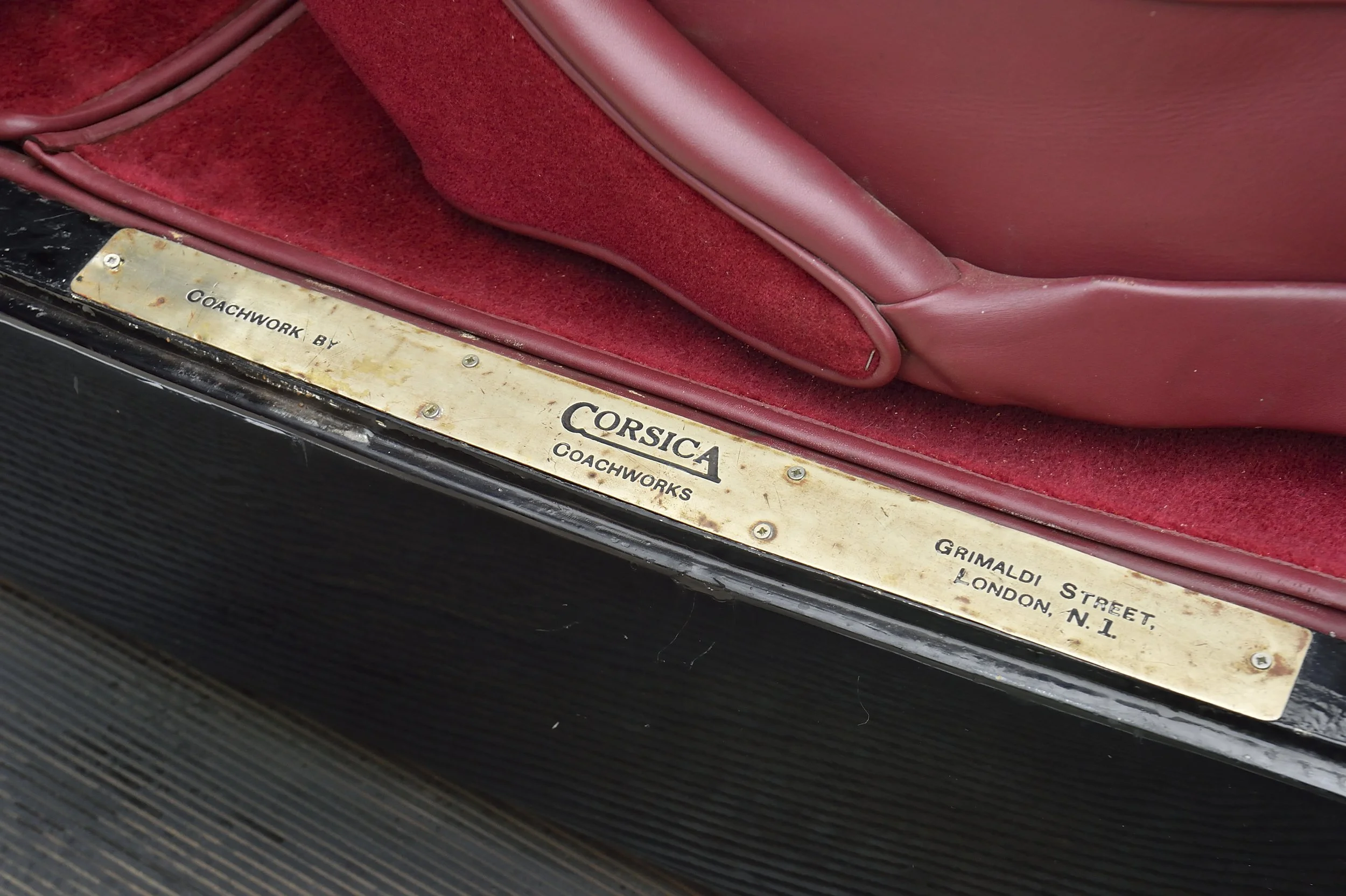
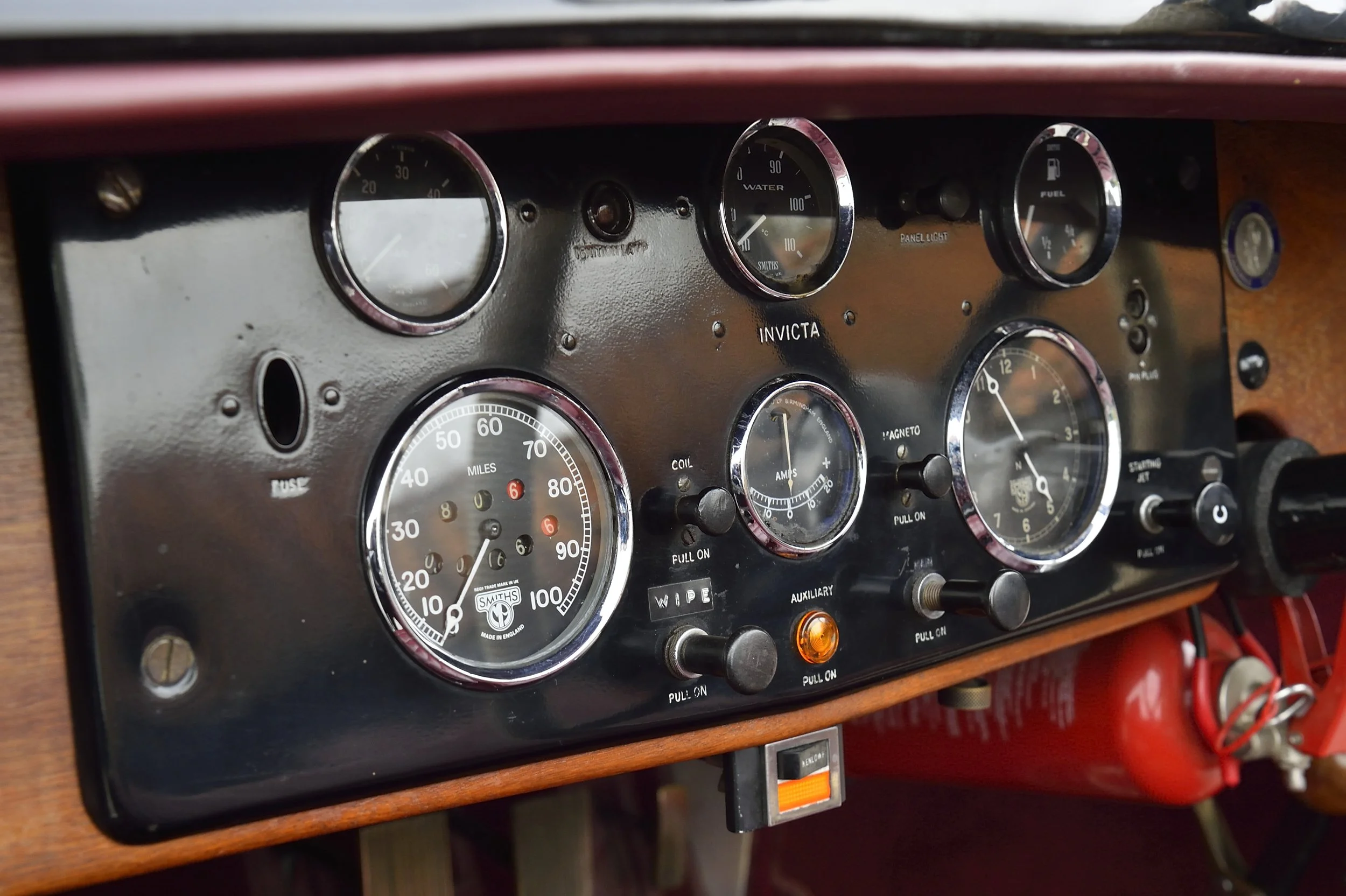
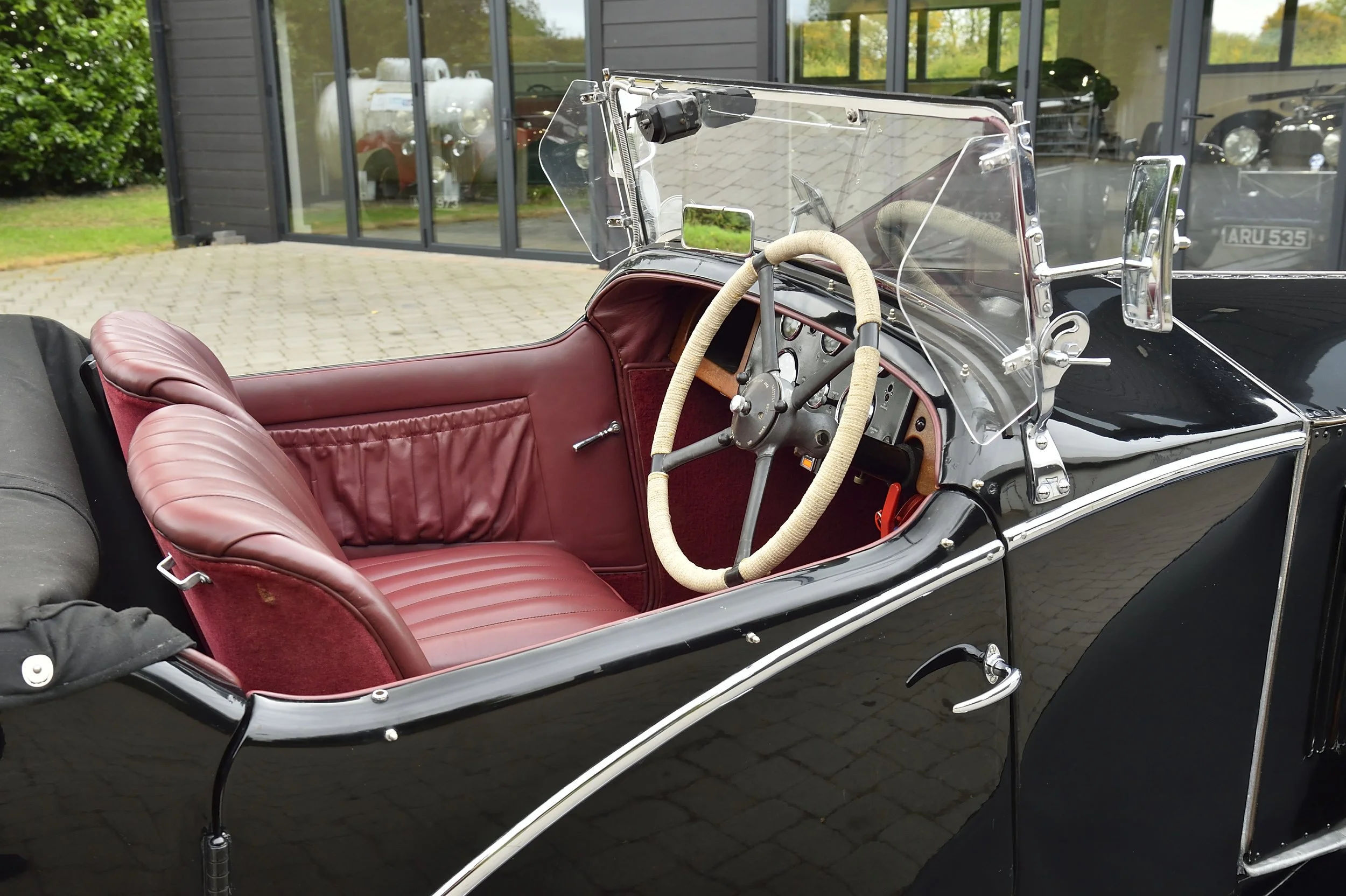
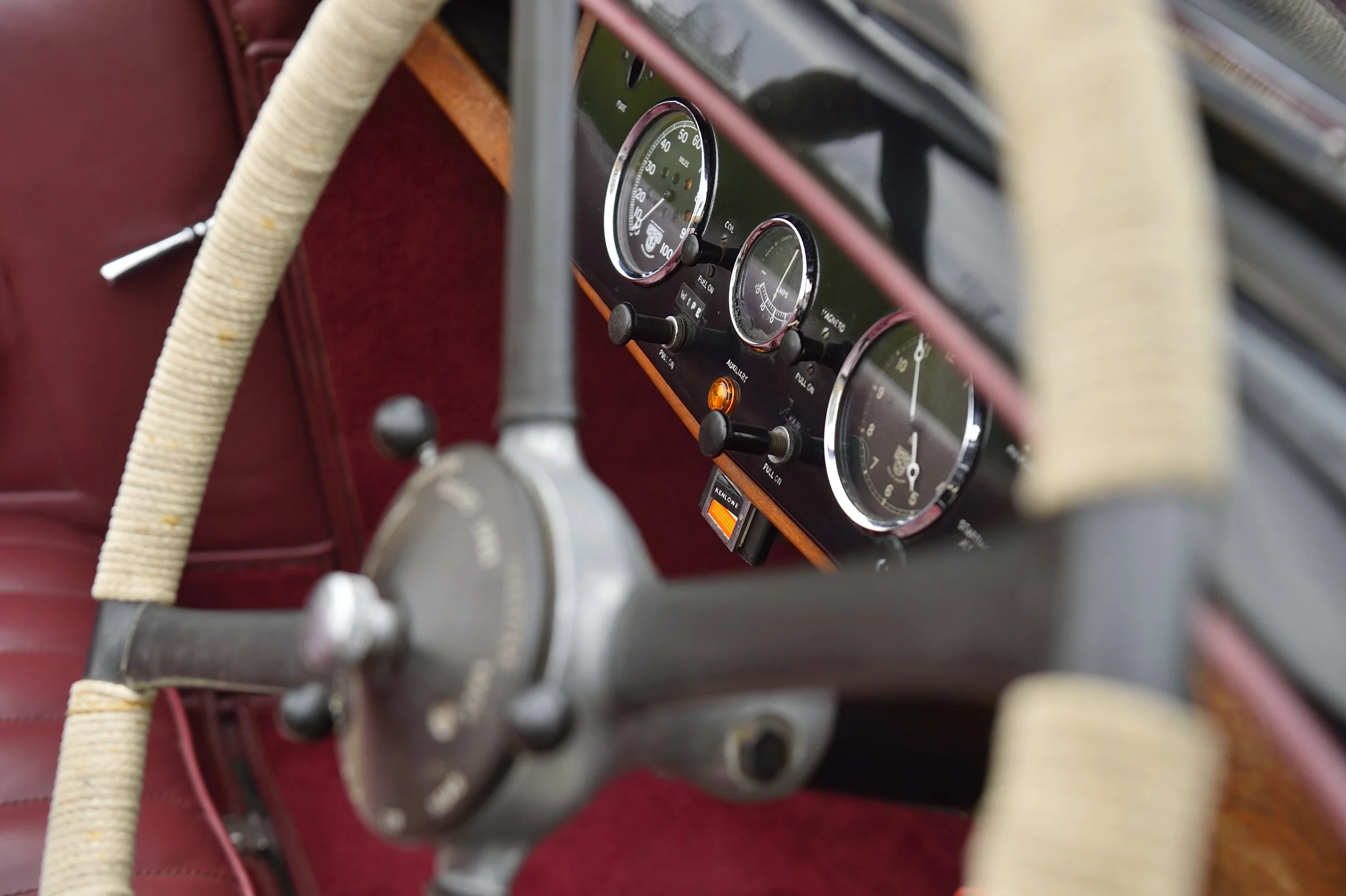

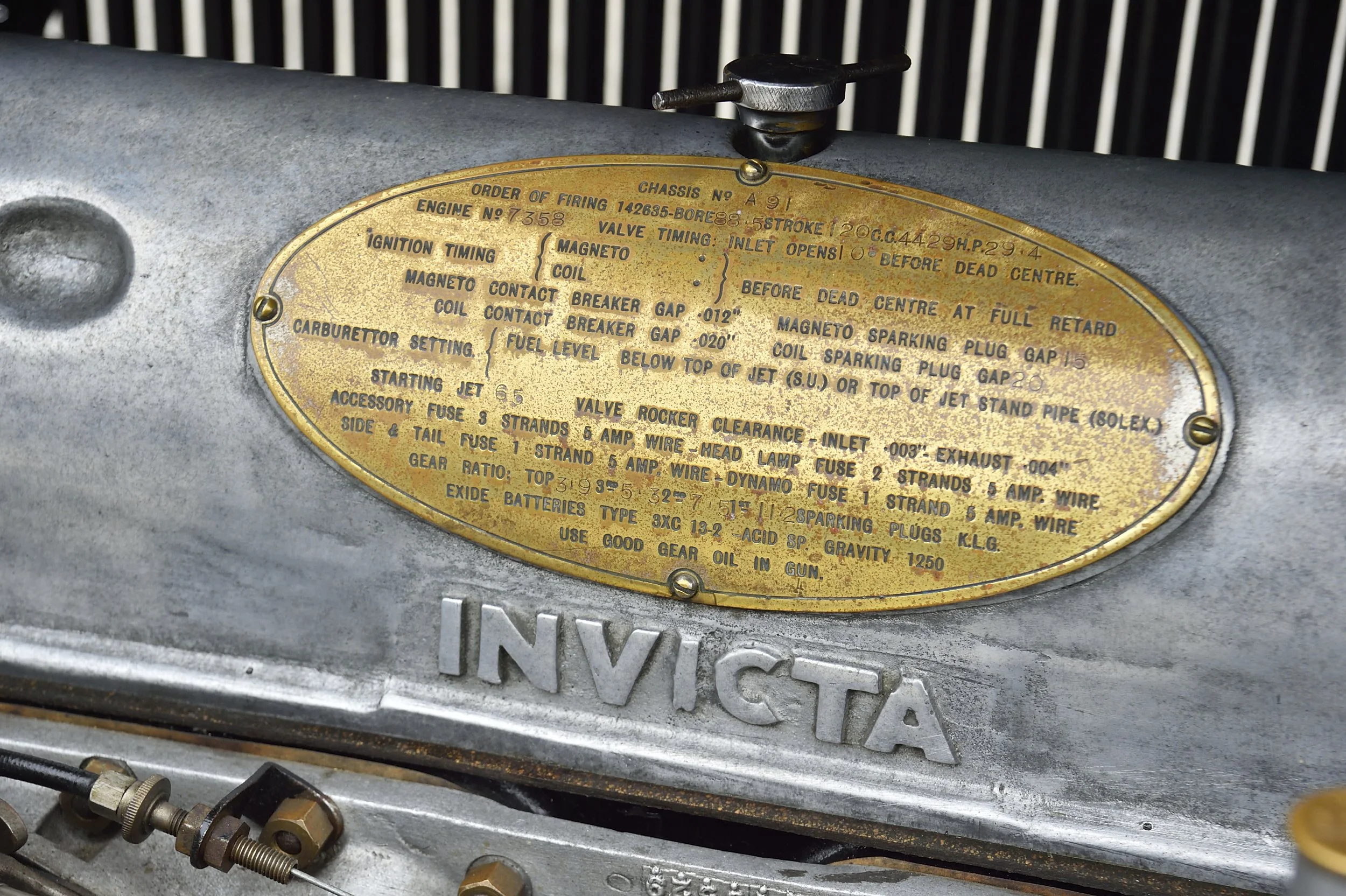



Registration No. FB 8906
Chassis No. A91
In its all-too-short lifetime, Invicta carved out an enviable reputation for building fine sporting motor cars, the bigger Meadows-engined models in particular offering class-leading performance and impeccable build quality.
Like the contemporary Bentley, the Invicta was designed by men with backgrounds in competition motoring and both were produced to the highest standard. Price was only a secondary consideration, a factor that contributed to both firms' failure to survive the Depression years of the early 1930s. Like Bentley, Invicta struggled against rising costs and falling sales, the final car leaving the factory, appropriately enough, on Friday 13th October 1933.
Invicta cars quickly established a reputation for outstanding durability, bolstered by the award of the RAC's coveted Dewar Trophy in 1926 and 1929, largely for the marque's successes in long-distance reliability trials.
In 1928, Invicta introduced a new 30hp model powered by the ubiquitous Meadows 4½-litre six, which was first shown to the public at the Olympia Motor Show in October. Finished to Rolls-Royce standards, the 4½-Litre chassis cost a staggering £985 at a time when the average UK house price was £590! It would go on to form the basis of the successor NLC, Type A, and famous S-Type 'low chassis' sports model.
Like most low-speed engines, the Meadows six produced ample torque in the lower and middle speed ranges. Indeed, in 1930 the Cordery sisters drove their high chassis tourer from London to Edinburgh in top gear. This same car was then driven by Donald Healey in that year's Alpine Trial, winning its class.
The 4½-litre Invicta had few equals as a very fast but comfortable high-speed touring car, its greatest appeal being an ability to cover big mileages at high average speeds with no strain, either to driver or the machinery. The high chassis cars are, arguably, more comfortable and better suited to long-distance touring than the low chassis models.
An early Type A, the Invicta 4½-Litre offered here carries four-seat open tourer coachwork by the London-based coachbuilder Corsica, a company that allowed its customers considerable freedom in determining the design of their cars. Throughout the 1930s, Corsica specialised in producing sporting bodies for quality makes including Alfa Romeo, Mercedes-Benz, Rolls-Royce, Frazer Nash and, of course, Invicta.
Well known Irish collector David Dunn purchased this car from the dispersal sale of The West Collection in Devon in 1998. It had previously been bought for The West Collection from Roger Sweetland of Peterborough who is thought to have owned the car since 1965. ‘FB’ saw little use during its time in Devon. Unfortunately, the car's history was misplaced while in The West Collection,
David Dunn embarked on an extensive seven-year restoration programme, during which the car was re-painted and re-upholstered in the current striking combination of black and red.
Following the restoration's completion, the Invicta covered approximately 3,500 miles with distinction, participating in two of the prestigious Irish Veteran and Vintage Car Club's Gordon Bennett Rallies in Ireland. Before passing to the UK based previous owner in 2013, a member of the Invicta Owners' Club.
Work carried out during his ownership included rebuilding the engine; rewiring the electrics; and overhauling the gearbox, clutch, prop shaft, differential, rear axle, suspension, shock absorbers, magneto, dynamo, distributor and steering, while the lubrication system has been updated with a full-flow oil filter. Some £30,000 was spent over a nine-year period. An extensive photographic record (on USB stick) and bills for the rebuild are on file.
During his ownership car the car was used extensively and enthusiastically for tours in the UK and Europe
Purchased by the current owner in 2023, a collector who has owned some of the very best British sports and racing cars of the 1930s, 1940s and 50s, he felt a car of the quality, presence and performance of this Invicta would be an ideal fit for his collection.
Sadly whilst the car has very much lived up to his expectations, he has not had the time to use the car as it deserves and is now reluctantly offering it for sale. As such this represents a wonderful opportunity to own a rare early example of this important Vintage-era British sporting car.
